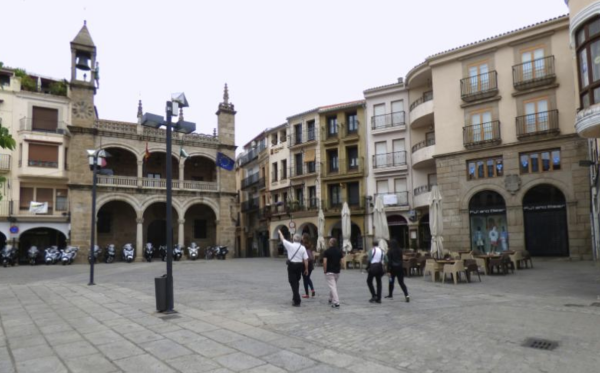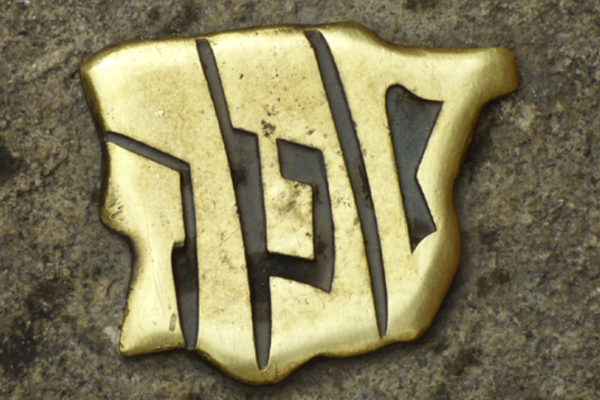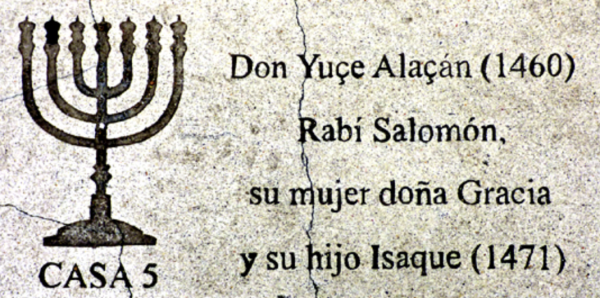Published with permission from LuxuryWeb.com
Located in Western Spain, Cáceres is the capital of the autonomous community of Extremadura. Renowned as a picturesque medieval city, Cáceres has long stood as a vital regional trading hub. Today’s inhabitants cherish their city’s storied past, including the poignant history of its Jewish community up to the Alhambra Decree of 1492.
The city traces its origins to prehistoric settlements; though as a structured city, its beginnings are credited to the Romans, who named it Norba Caesarina. The contemporary city name, Cáceres, finds its roots in the Arabic term al-qaṣr, which means “the citadel.” When the Moors took over in the 9th century, they termed the fortified city as Alkazares.

Remarkably, a city devoid of a Jewish presence today is bringing attention to its once-thriving Sephardic community that faced expulsion in the late 15th century.
By 1479, Cáceres was home to around 120 Jewish families (comprising roughly 650 individuals) — many of whom were professionals like doctors, tax collectors, and merchants. They accounted for a significant portion of the then-population of about 3,500. The heart of their community was near the Plaza Mayor, the city’s main square. Here, the local rabbi resided in a prominent corner building, and the vicinity to the Plaza is today recognized as the New Jewish Quarter. Notably, this wasn’t a ghetto; Jews had the liberty to traverse the city and often mingled in the square’s markets.

Success
You are now signed up for our newsletter
Success
Check your email to complete sign up
Leading into the Plaza Mayor is the current Street of the Shoemakers, previously known as the Old Jewish Quarter. This historic area housed key Jewish figures including the synagogue’s cantor. Present-day structures from these quarters are adorned with plaques featuring a menorah and the names of the erstwhile residents. And as a touching tribute, brass markers with the Hebrew word “Sefardim” are embedded among the cobblestones at the entrances of these homes.

The Jewish districts of Cáceres were indeed a crown jewel of the Sepharad, the name Jews gave to their Spanish homeland. Vestiges of this bygone era linger in both city and diocesan archives.
The Ermita de San Antonio, situated on Calle Barrio Judio, once housed the primary Jewish synagogue. However, roughly two decades before the expulsion, it was replaced by the Ermita Chapel. Notably, the original synagogue’s patio and altar still stand — a sight worth beholding. Recent excavations revealed the entrance to a mikvah and its cistern beneath the chapel’s gardens. The location of a second synagogue remains uncertain, though many speculate it to be the Palacio del Marqués de la Isla.

Present-day Cáceres honors its Sephardic legacy by meticulously preserving the Jewish districts and signifying the homes of that era’s inhabitants.
In recognition of its harmonious blend of Roman, Moorish, Northern Gothic, and Italian Renaissance architectural marvels, Cáceres was designated a UNESCO World Heritage City in 1986.
Visit LuxuryWeb.com to see the original article, and more.













